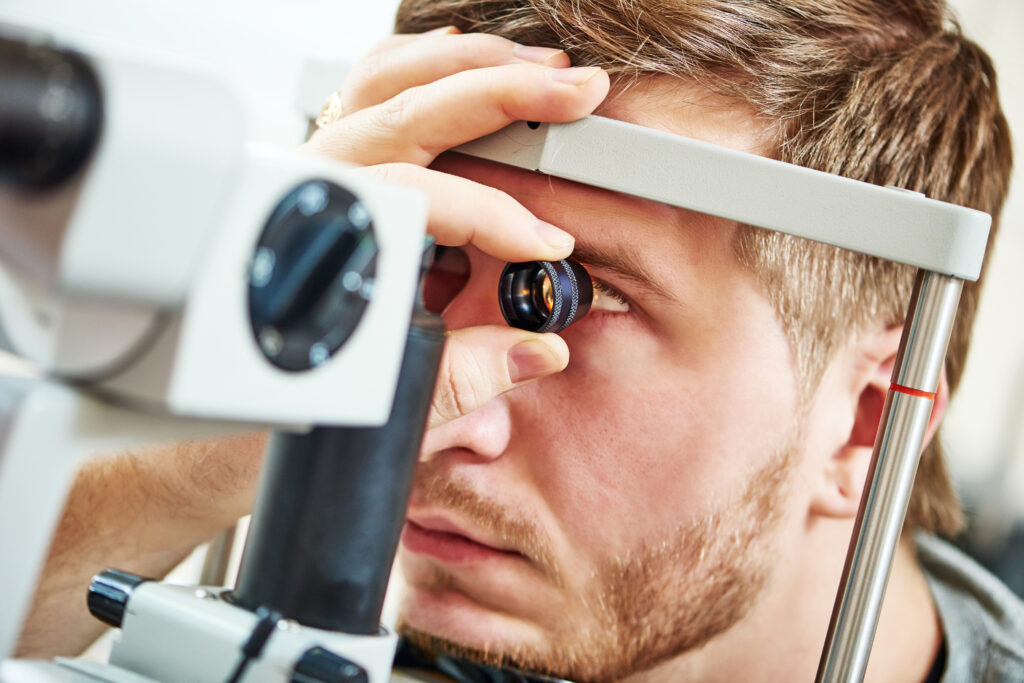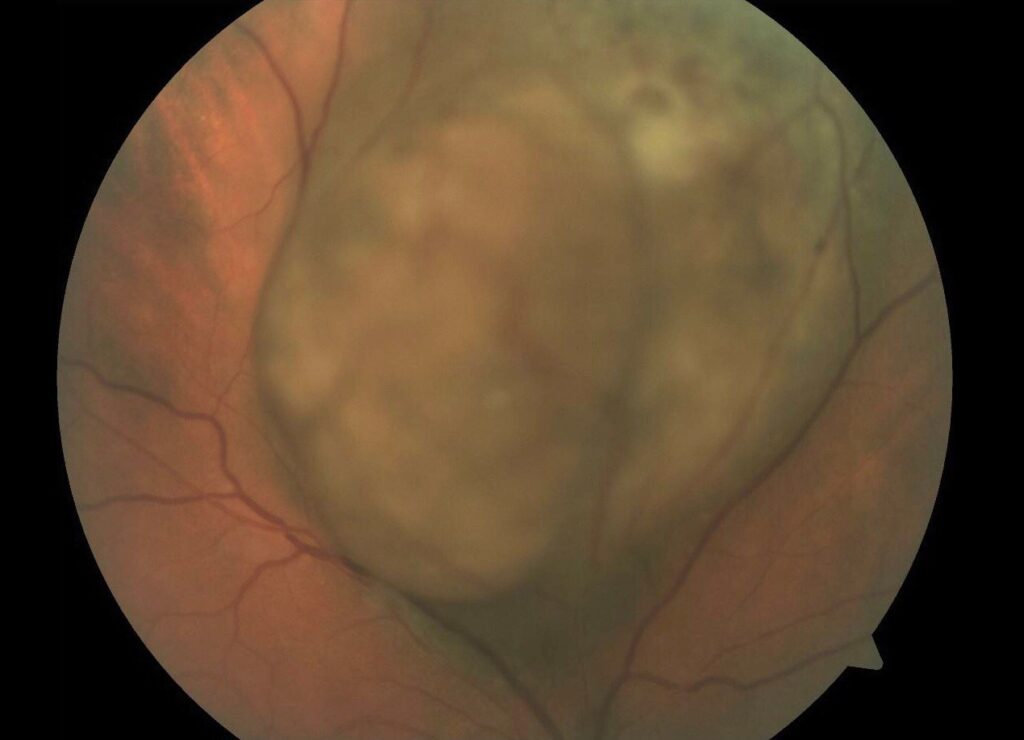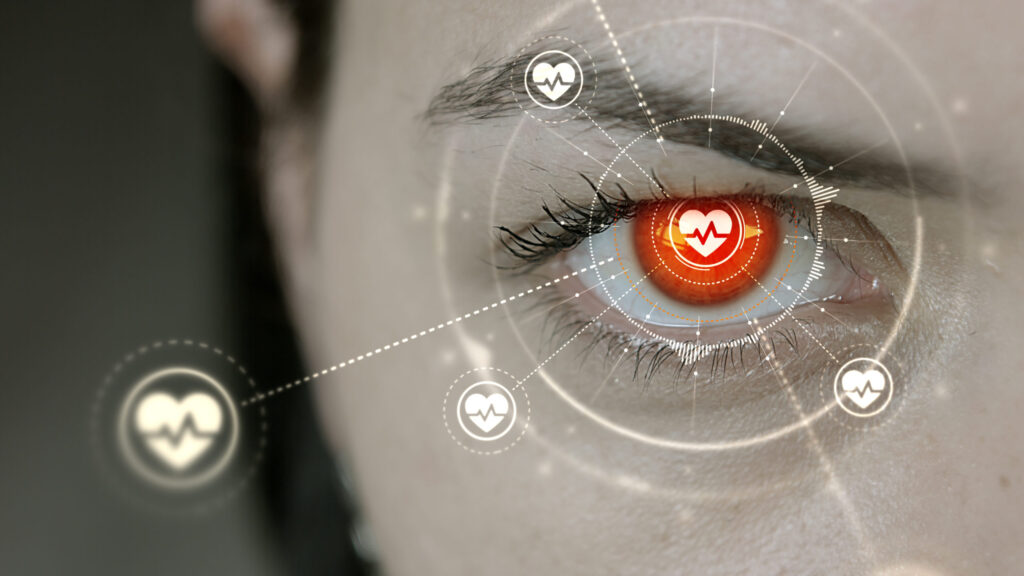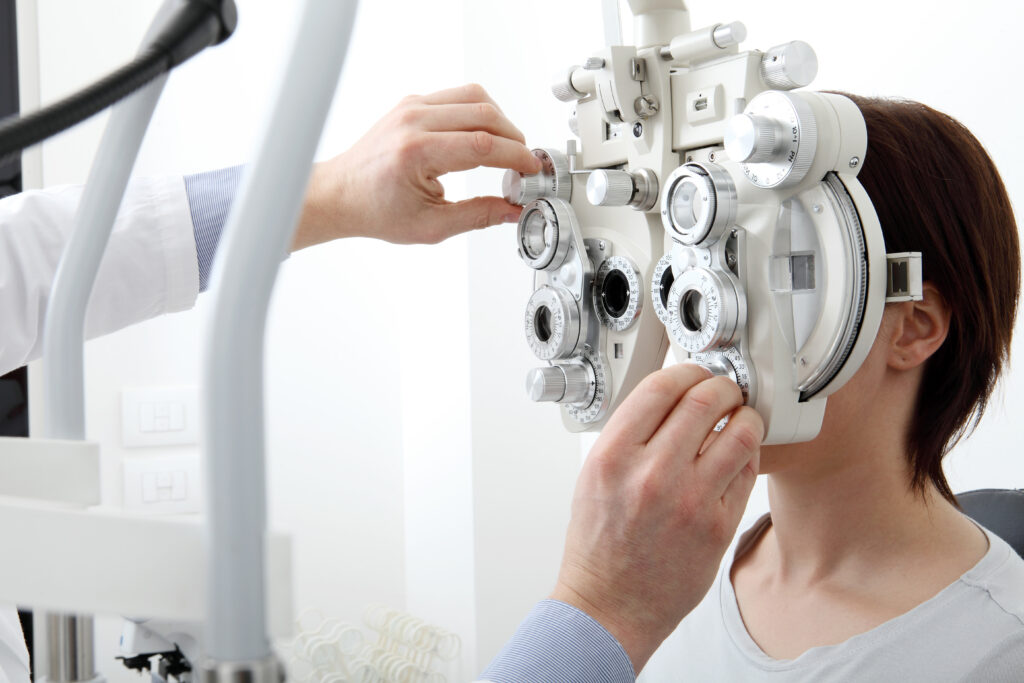Highlighting the First Midwestern Regional Conference (MRC)
The first-ever Midwestern Regional Conference was held in September of 2023. This conference was modeled off the current Western Regional conference that occurs on the West Coast. This new conference welcomed schools from all over the Midwestern region. The first night was a networking event that was graciously sponsored by MyEyeDr. MRC had a wonderful […]
Highlighting the First Midwestern Regional Conference (MRC) Read More »










